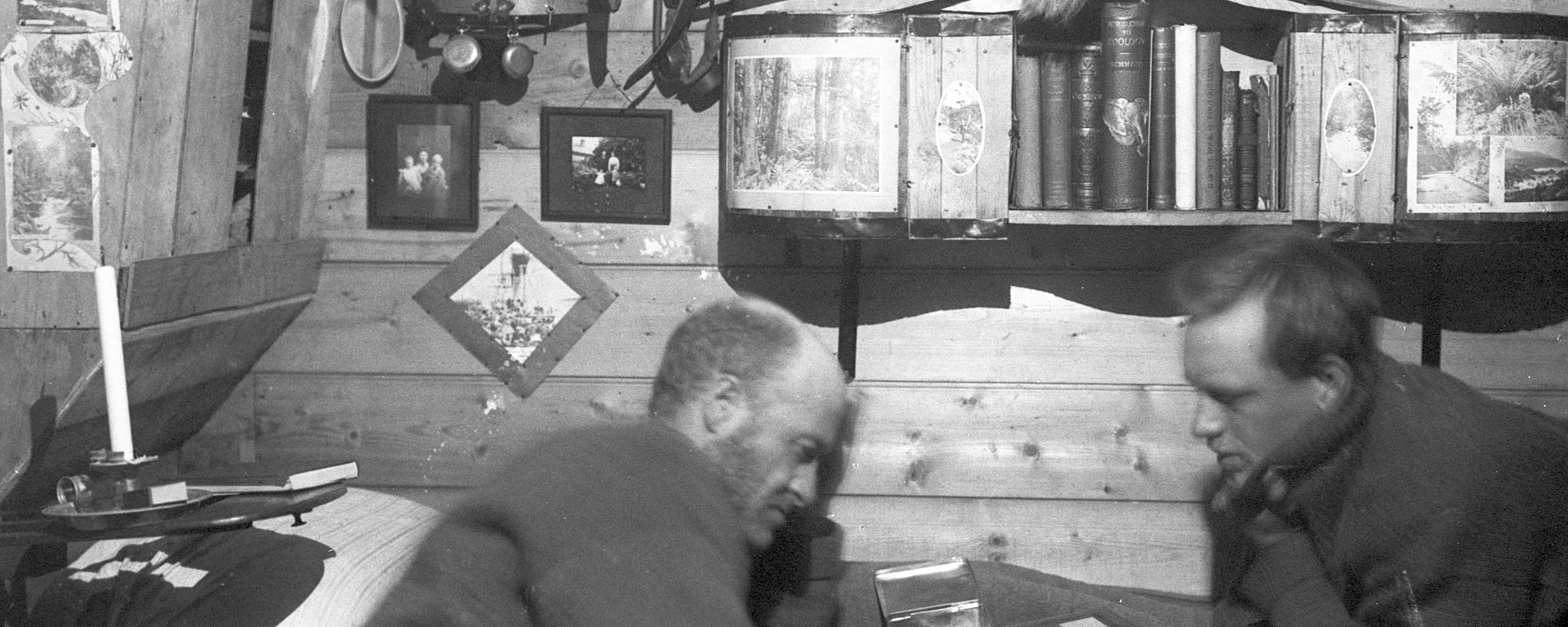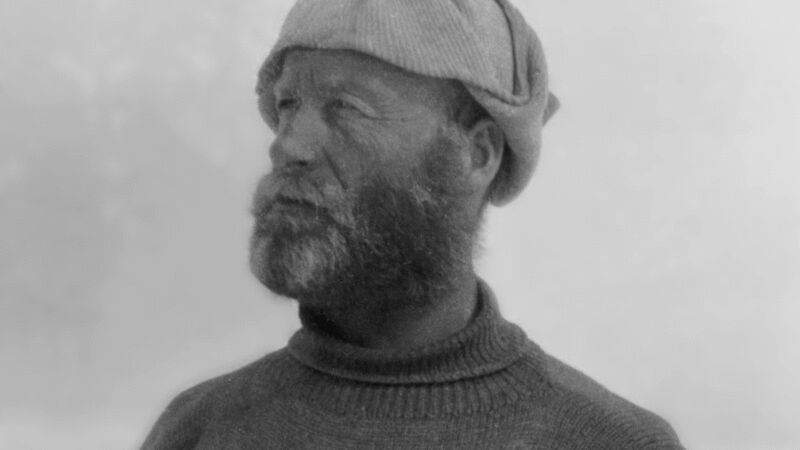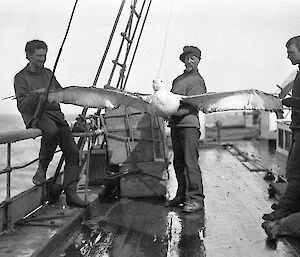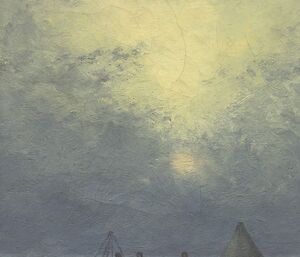Antarctic achievements
Charles Turnbull Harrisson was born in Tasmania, not far from the Australian Antarctic Division building at Kingston that now bears his name. Employed as a biologist by Douglas Mawson on the Australasian Antarctic Expedition 1911–14 (AAE), Harrisson constructed the winch and traps used on the voyage to obtain specimens from the depths of the Southern Ocean.
Once the Western base had been established at the Shackleton Ice Shelf, Harrisson went on various sledging journeys with his fellow expeditioners to explore the surrounding area. While in the field, Harrisson photographed wildlife, collected specimens and examined icebergs. A keen artist, Harrisson once sketched until his fingers were frost-bitten by the −26°C conditions.
On his return from Antarctica, Harrisson continued his work as a biologist conducting research for the Commonwealth Department of Fisheries. In late 1914, he joined the Endeavour voyage to resupply the meteorological station at Macquarie Island first established by Mawson’s expedition.
Once resupply was completed on 3 December 1914, the Endeavour departed Macquarie Island and was expected to arrive in Hobart a week later. When the Endeavour failed to return, the lack of available ships during World War I delayed the search for the vessel. Prime Minister Andrew Fisher sent the steamer Werribee, and later chartered Grantalato search for the ship. New Zealand sent the Tutanekai to search the surrounding sub-Antarctic islands. Captain John King Davis, commanding the Aurora, also joined the search effort. No wreckage was found and supply depots left for shipwrecks were undisturbed.
The search and recovery effort was abandoned after 42 days. The Marine Court of Inquiry, noting that the Endeavour was seaworthy and had sufficient crew and stores, concluded that bad weather had caused the ship to be lost at sea.
Awards and honours
Although his life was tragically cut short, Harrisson’s surviving sketches and paintings enrich our understanding today of the AAE expeditioners’ experiences. His art records the daily life of the Western Base party, and complements the photographs and diaries that provide insight into their success and hardships.
In Antarctica, Cape Harrisson and Mount Harrisson in Queen Mary Land are named in his honour.





